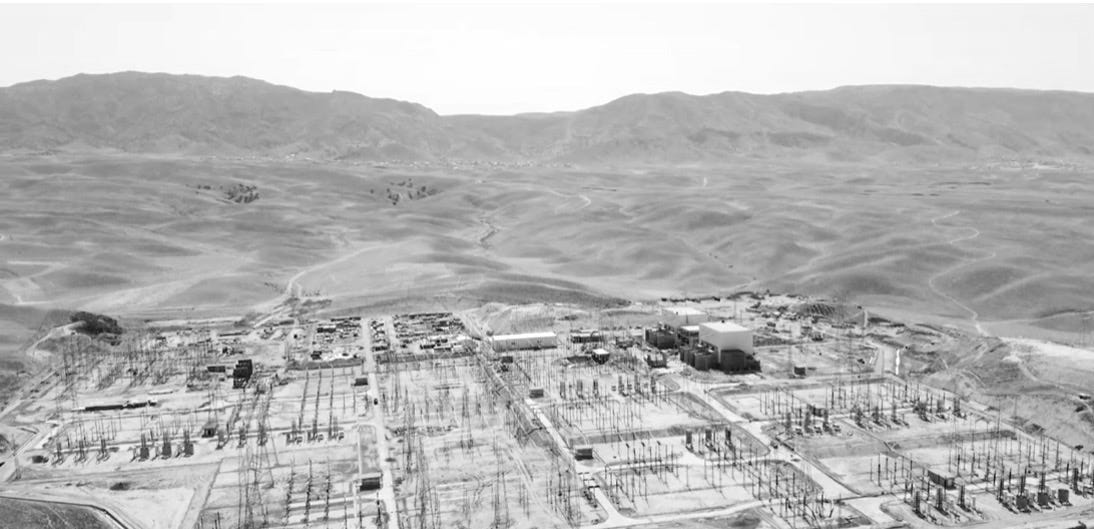CASA-1000: the Future of Regional Connectivity in Central and South Asia

In a world marked by increasing geopolitical divisions, strengthening regional connectivity has become crucial. To this end, projects like CASA-1000 are reshaping how nations think about cooperation and redefining economic and political alignments. As countries look to their own neighborhoods for economic opportunities, the Central Asia-South Asia Electricity Transmission and Trade Project, or CASA-1000, represents an attempt to take advantage of regional interdependence.
Launched in 2016, CASA-1000 is a $1.2 billion electricity transmission project designed to send surplus hydropower from Kyrgyzstan and Tajikistan to energy-deficient markets in Afghanistan and Pakistan. Both Kyrgyzstan and Tajikistan have hydropower in abundance, particularly during the summer months when snowmelt swells river flows. The transmission line starts in Dakta, Kyrgyzstan, runs through Tajikistan and Afghanistan, and terminates in Nowshera, Pakistan. When complete, the 850 km, 500 kV transmission line will deliver 300 megawatts of electricity to Afghanistan and 1,000 megawatts to Pakistan, which currently domestically generate around 400 megawatts and 20,000 megawatts respectively. The project presents a chance for Tajikistan and Kyrgyzstan to monetize excess hydropower that would otherwise go unused. For Afghanistan and Pakistan, it will offer relief from chronic power shortages, especially during the summer.
To date, CASA-1000 has achieved significant milestones across all participating countries. In Kyrgyzstan and Tajikistan, over 97% of construction is complete, with all transmission towers erected and conductor installation nearly finalized. Tajikistan’s converter station is fully built, and Pakistan has completed over 80% of its transmission towers. Progress in Afghanistan, however, has been slower due to persistent security challenges. Threat from militant groups and political instability have made construction sites vulnerable to attack and disrupted supply chains, resulting in operational risks. While this has certainly impacted the pace and cost of implementation, construction in Afghanistan is ongoing under three separate contracts, with about 18% of its towers completed. Across the region, 2,779 of the 4,264 planned towers are already in place, marking notable progress.
While CASA-1000 is first and foremost an energy project, its strategic implications are far-reaching. It is one of the first major infrastructure projects to link Central and South Asia directly, bypassing traditional Soviet-era transport and energy routes and symbolizing a new phase of interregional cooperation. If successful, it could serve as a blueprint for other regional connectivity initiatives.
However, the project faces considerable obstacles. The transmission line cuts through some of the most volatile parts of Afghanistan and northwest Pakistan, making it a potential target for militant attacks. Although the Taliban’s return to power in Afghanistan has further complicated security coordination, the Taliban did engage in talks with the World Bank to ensure the continuity of the project. Moreover, in March 2023, the World Bank stipulated that all payments related to the project would be managed outside of Afghanistan, thereby bypassing the Taliban’s administrative control. This suggests a level of understanding between regional stakeholders to safeguard the project.
There are also technical concerns. Hydropower generation is weather-dependent. Drought years, low snowfall, or fluctuating summer temperatures can significantly reduce output. Kyrgyzstan, in particular, has faced internal energy shortages in the past and relied on imports from Kazakhstan and Russia itself, raising doubts about its long-term ability to fulfill CASA-1000 commitments. There is no clear contingency plan in place for how shortfalls would be managed.
Finally, and perhaps the biggest challenge, is that the project’s reliance on donor funding leaves it vulnerable to shifts in international political will. The project is meant to be funded by a consortium of international development institutions including the World Bank, Islamic Development Bank, European Investment Bank, USAID, and others – but shifts in global politics, including the changes in U.S. foreign policy we are currently seeing, could threaten long-term support.
To ensure CASA-1000’s success – and to make it a model for future projects – several key steps are necessary. Regional security cooperation must be strengthened to protect infrastructure, possibly through other multilateral agreements or peacebuilding programs. Water-sharing agreements with downstream countries must be managed carefully to avoid future tension. Local communities along the route also need to be engaged in order to reduce opposition and improve public support. Finally, financial partnerships must be diversified to reduce geopolitical risk and dependency.
CASA-1000 demonstrates how connectivity can drive economic development and geopolitical stability in one of the most fragmented regions in the world. Its success could pave the way for other high-stakes regional ventures, including the TAPI (Turkmenistan-Afghanistan-Pakistan-India) Gas Pipeline, which aims to transport natural gas from Turkmenistan’s vast reserves to energy-deficient South Asian markets. Similarly, TUTAP (Turkmenistan-Uzbekistan-Tajikistan-Afghanistan-Pakistan) is a proposed electricity network that could strengthen regional energy security by complementing CASA-1000’s electricity flows. Another critical initiative is the Trans-Afghan Multimodal Corridor, a potential overland trade route linking Central Asia to seaports in Pakistan, offering landlocked countries critical access to global markets.
CASA-1000 is not just about electricity – it’s about proving that meaningful cross-border collaboration is possible in a region marked by decades of division and conflict. Its ongoing implementation will be a litmus test for the future of regionalism in post-globalization Eurasia.
Sereen Yusuf (CC ‘27) is a writer for the Columbia Emerging Markets Society and a member of its Middle East and North Africa subcommittee. She is studying economics and political science, and has a keen interest in the intersection of geopolitics and the economies of developing nations.
Sydney Smith (Trinity / GS ‘26) is a managing editor for the Columbia Emerging Markets Review studying classical civilization. She is interested in clean energy in emerging economies, as well as geopolitical analysis.






